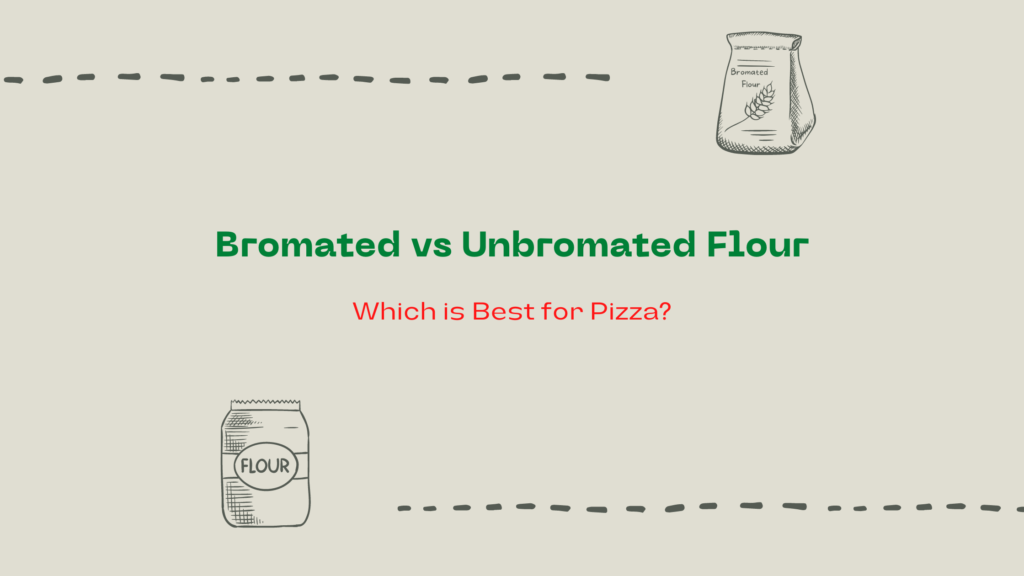Have you ever heard the term “Bromate”?
Or do you know the difference between bromated flour vs unbromated flour? Probably not, no worries, you are not alone.
Many pizza bakers often ask us what this means, and we’re more than willing to demystify these two scientific terms.
So, this post will dive into these two contentious terms often labeled on most all-purpose white flour.
In short, Bromated flour entails flour that has been added potassium bromate to give a higher rise and boost the elasticity of the dough.
In contrast, unbromated flour is ordinary flour that doesn’t contain bleach, bromate, or additives.
Read on to be able to distinguish between these two unpalatable terms.
Let’s get started!
Here’s What You Will Find:
What is Bromated Flour?
Bromated flour is a type of wheat flour that has been treated with potassium bromate, a chemical additive used to improve the dough’s strength, elasticity, and rising ability. Potassium bromate acts as a maturing agent, helping to develop gluten and accelerate the aging process of the flour. This results in a lighter, more voluminous loaf of bread with a finer crumb structure.
Bromated flour is popular among some commercial bakers, particularly in the United States, as it allows them to achieve the desired characteristics more quickly than with unbromated flour.
However, potassium bromate has been linked to potential health risks. It has been classified as a possible human carcinogen by the International Agency for Research on Cancer (IARC), and many countries, including those in the European Union, have banned its use in food products.
If you want to avoid bromated flour, look for unbromated flour, which is widely available in grocery stores and can be used interchangeably with bromated flour in most recipes. Unbromated flour may take longer to develop gluten and rise, but it can still produce excellent results in baking when given enough time.
What is Potassium Bromate?
Potassium bromate is an oxidizing agent used as a food additive, mainly in bread-making.
In the United States, potassium bromate is commonly used as a flour improver. It strengthens the dough and allows for a faster rise.
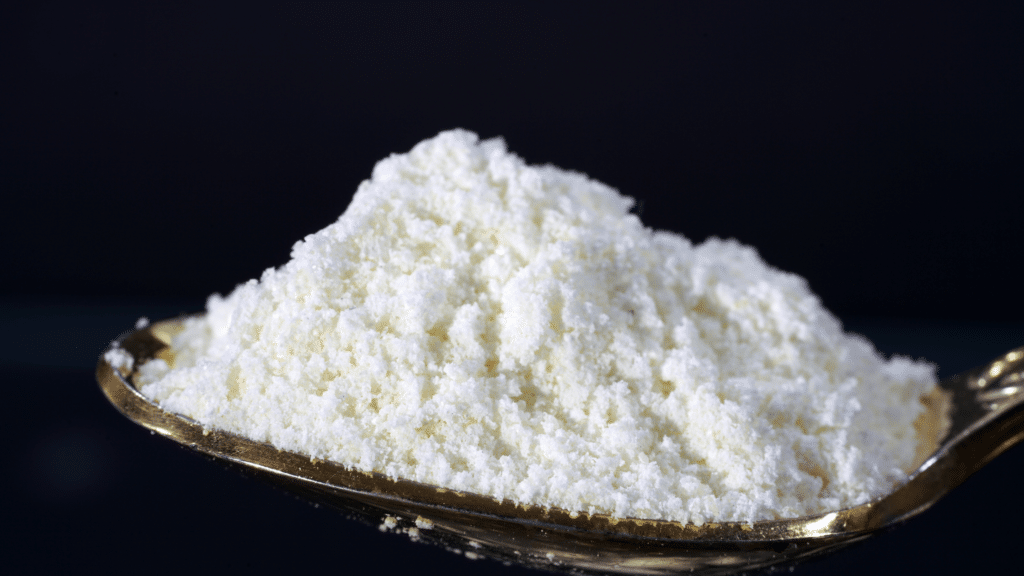
If too much is added, or the bread is not baked long enough or at a high enough temperature, a residual amount may remain, which could be harmful if consumed.
Bromate is not accepted in most regions like China, Canada, Australia, and Europe. But in the US, bromated flour is acceptable.
The International Agency for Research on Cancer has already listed the bromate as possibly harmful under the 2B Carcinogen category.
On the other hand, the FDA still classifies it as “Generally Recognized as Safe.”
Accordingly, in the US still, most commercial bakers use bromated flour since it enables the dough to be more elastic and offers it a higher rise. Accordingly, most home bakers use this type of flour for a similar reason.
In US supermarkets, close to all brands of all-purpose flour is bromated flour. Additionally, in some US states, labeling is not necessary.

But as a caution, it’s essential to go through the label of the baking flour to be sure that you’re not settling with bleached bromated flour.
When purchasing, you should be aware of the flour contents as they may contain additives that may not be suitable for your health, and you should avoid as much as possible and opt for unbleached flour, whole wheat flour, and rye flour.
Characteristics of Bromated Flour
Gluten Content
Bread dough’s shapeless and beige appearance relies on the high intricacy of the molecules that binds it together. Gluten content is the wheat protein which is highly known to have indigestible components which most people don’t like.
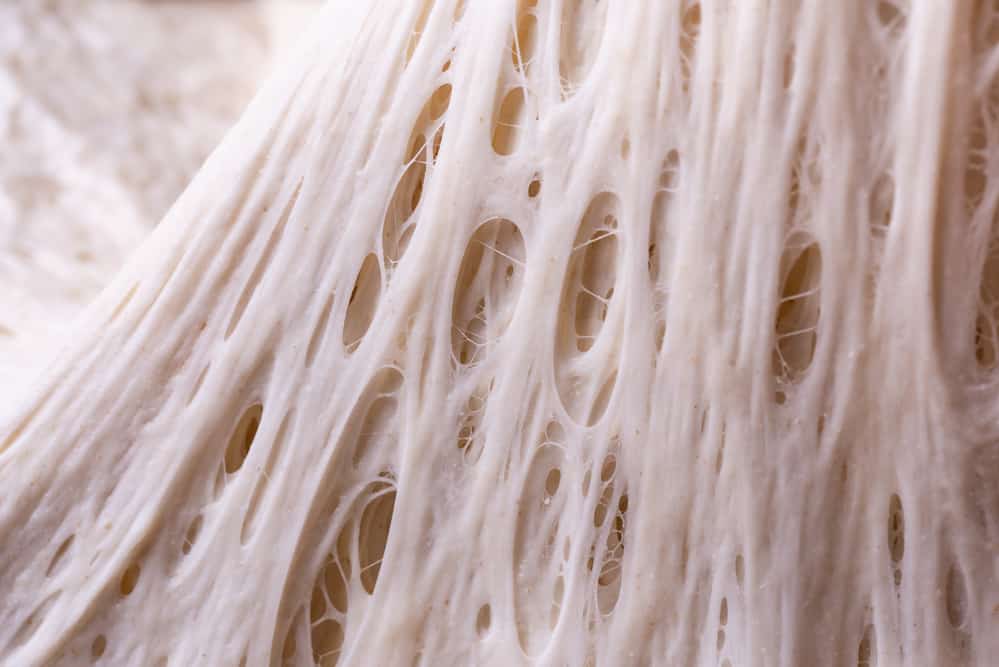
Gluten
Essentially, gluten is like a glue that holds the bread dough together. The bread won’t have together without this content unless other agents like xanthan gum are used – from gluten-free bread.
Keep note that for two gluten molecules to hold together, molecular joiners need to be formed in between. Bromate has high gluten content.
Elasticity
The dough made from bromated flour is way more elastic than unbromated flour. When the flour is added bromate, the flour becomes more elastic and enables the gases to be retained.
Commercial bakers can quickly knead the bread because the dough elasticity will increase and gain more excellent resistance against tearing it apart.
Rising
Also, the dough made using bromated flour has a significantly higher rise than the dough from unbromated flour. Given that the flour has a treatment of potassium bromate, you can expect the dough to rise higher. So, if you need a higher rise, you’ll have to depend on bromated flour entirely.
Color
Unlike unbromated flour which usually comes in an off-white to yellow color, the bromated flour usually comes with intense white color.
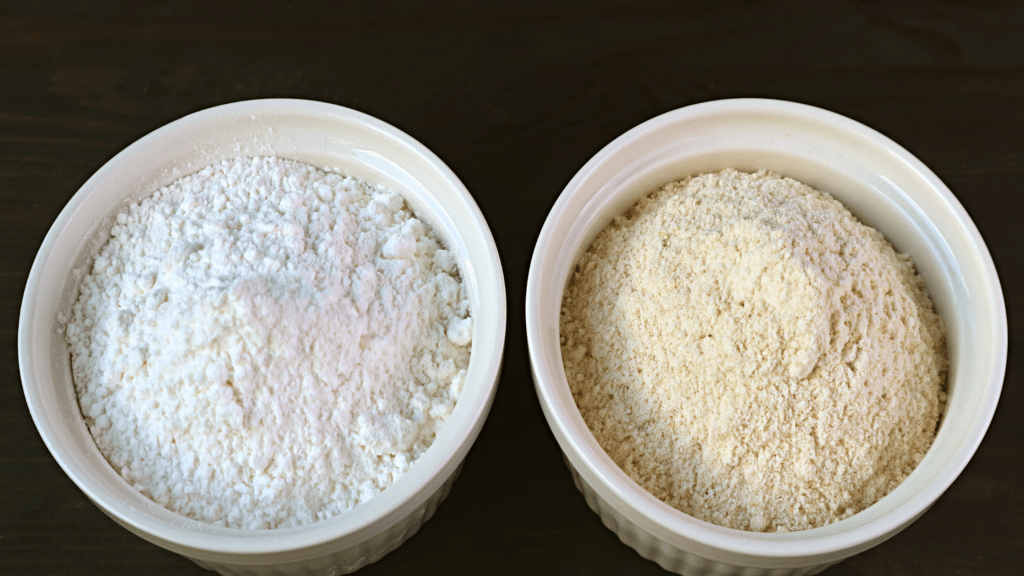
Baked goods come out with matt white and won’t discolor, giving the same whiteness level as seen in most commercial bread brands.
Mixing Time
Unbromated flour will take a lot of time to mix compared to bromated flour. Because bromated flour contains potassium bromate and some additional bleaching substance, the mixing time is drastically lowered because oxidation improves.
In that case, the dough becomes very elastic quicker, needing way less kneading than the unbromated flour. And the difference can be even felt more when preparing the dough by your hand.
Oxidation
The key oxidizing agent in bromated flour is potassium bromate. In essence, oxidizing agents improve gluten reformation, leading to puffier, fluffier, and better bread rising.
Taste
If the bromate in the flour is at the recommended level, it will taste good instead of warm and sweet. The additive makes the bread taste better.
What is Unbromated Flour
Unbromated flour is a type of wheat flour that has not been treated with potassium bromate, a chemical additive that is sometimes used to improve the strength, elasticity, and rising ability of dough. Potassium bromate acts as a maturing agent, helping to develop gluten and speed up the aging process of flour, ultimately resulting in a lighter, more voluminous loaf of bread.
In the United States, some commercial bakers use bromated flour to achieve these desired characteristics more quickly.
However, potassium bromate has been linked to potential health risks, including being classified as a possible human carcinogen by the International Agency for Research on Cancer (IARC). As a result, many countries, including those in the European Union, have banned the use of potassium bromate in food products.
Unbromated flour is an alternative for those who want to avoid this additive, whether for health reasons or personal preference. It is widely available in grocery stores and can be used interchangeably with bromated flour in most recipes.
Note that while unbromated flour may take longer to develop gluten and rise, it can still produce excellent results in baking when given sufficient time.
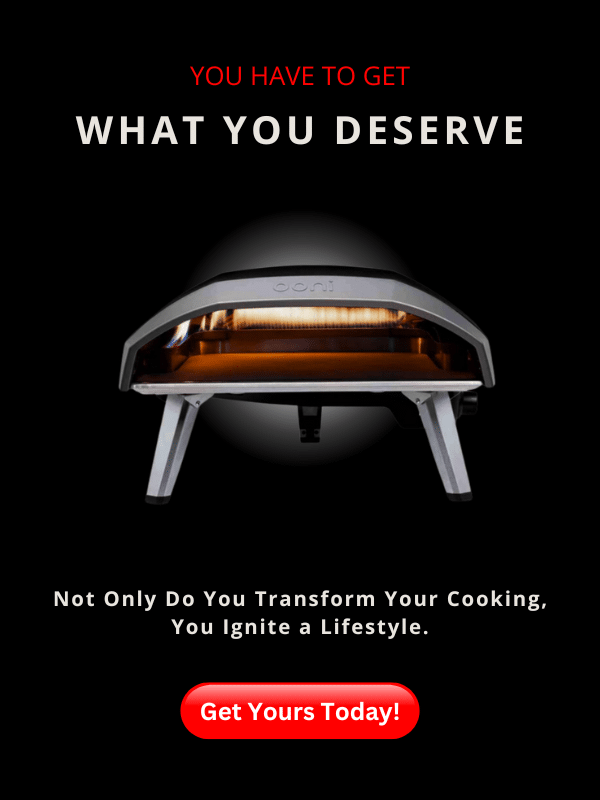
What is the Difference Between Bromated vs Unbromated Flour?
Bromated flour has added potassium bromate to give more elastic dough and a higher rise, whereas unbromated is ordinary flour that doesn’t have bromate or any bleaching agent.
Secondly, on safety, bromate is deemed illegal in countries like the UK, Canada, and Australia. At the same time, unbromated flour is healthier and safer and is accepted as an alternative to bromated flour.
Also, the dough made using bromated flour has a greater risk than the dough made using unbromated flour.
Using unbromated flour will take a lot more time than when bromated flour is used.
How does it compare to unbromated?
Bromated vs Unbromated Flour
| Characteristics | Bromated Flour | Unbromated Flour |
|---|---|---|
| Oxidization Additive | Potassium bromate | None |
| Mixing time | Faster Mixing time | Slower Mixing time |
| Elasticity | High Elasticity | Low Elasticity |
| Rising | Rapid rising time | Slower rising ability |
| Color | Ultra-White | Off-White – Cream |
| Gluten | High Gluten Content | Low Gluten Content |
How Does Bromated Flour Compare to Bread Flour?
Bread flour comes from hard wheat, and it has more gluten, which is a protein behind the formation of additional strands in the dough, which helps it give its structure. It contains around 14% of protein.
Additionally, gluten implies a light, elastic dough, and you end up getting an airy and chewy bread.
When this type of flour is used in baking pizza, it adds a chewy texture.
Suppose you don’t have the bread flour; you can top one tablespoon of vital gluten of wheat to every four cups of the all-purpose flour.
Most bread flours have a higher content of bromate, which is the reason behind the elastic and higher rise dough.

What is the Best Flour for Pizza, Bromate vs Unbromated Flour?
First of all, there’s no one-size suit all flour when it comes to pizza. It is vital to keep note of the fact that not all flour types are created equal.
Therefore, before you decide on the flour you want to use, you need to prepare a pizza to get the best results.
Whether it’s Sicilian, New York, Chicago, Detroit, Neo-Neapolitan, or Neapolitan style of pizza you want to create, every dough type comes with a wide range of requirements in terms of the content of protein fermentation and malt.
Most American pizza experts use bromated flour since by using them, you can use the dough after, say, 5 to 6 hours of fermentation. In other words, bromated flour is a type of flour that has undergone treatment with potassium bromate – a powerful oxidizing agent in white powder or crystal.
Even though it is allowed in the US as an improvement of dough elasticity and to give a better rise, countries like Italy or most European countries don’t permit the use of the additive in making pizzas or other foods.
Though bromated flour is the choice for most pizzerias, it is still not a healthy method of cooking pizzas. With unbromated flour, you can take a lot of time, but you get quality and healthy pizza in the long run.
So, back to the question: what flour is best for pizza?
We’ll say it if you are in a rush, bromated flour because the fermentation time is significantly reduced, and the dough is made elastic and higher rise.
If you are more concerned about health issues and want to bake pizza as traditionally as possible unbromated is the way to go.
Check out our article on the best pizza flour for more.
This is What the PROs at Homemade Pizza Pro Use and Recommend
The Chef's flour is a general-purpose, high gluten flour that works well for many recipes. "Tipo 00" refers to how refined the flour is. Chef's Flour is best for those who want to bake in their traditional home oven up to 500 degrees Fahrenheit!
Related Questions:
Can you eat raw pizza dough?
Almost all the flour in most supermarkets has some potassium bromate content. Commercial bakers depend on this additive to improve dough elasticity, higher rise, and shorter production times.
The potassium bromate additive, in theory, needs to bake out while it cooks; however, if any contents remain behind, it can be very hazardous to humans. Accordingly, it would be best not to eat raw or uncooked pizza dough.
The Last Slice
In summary, bromated flour offers a higher rise and boosts the elasticity of the dough. Most commercial bakers, and some home bakers, opt for it.
However, it is paramount to note that potassium bromate has been categorized as hazardous.
That is why we recommend most home bakers opt for unbromated flour because it is a healthier and safer option than dangerous bromated flour.
Before buying the flour, please find out the ingredients on the label to ensure you’re purchasing the unbromated flour without any dangerous substances in it.
If you’re so concerned with the oxidizing agent, you can always seek alternatives to keep yourself safe and eat healthier pizzas.
We’ll hope this article has offered you information to know regarding bromated flour and unbromated flour.
Plus, you can now distinguish the critical differences between bromated vs unbromated flour for pizza.
Note that bromated flour is unsafe if not used correctly and is not accepted in most countries because of health reasons. Strive to stay healthy by baking healthy and tasty pizzas!
Additional Flour Resources

Flour Absorption 101: The Key to Crafting the Perfect Pizza Crust
the PROs
Ah, pizza. The one food that unites us all! What would we do without our delicious, cheesy slices of heaven? …

Manitoba Flour: Unlocking the Potential of the #1 High-Gluten Flour
the PROs
You might have heard about Manitoba flour and are wondering what all the fuss is about. Well, let us tell …

Bleached Flour vs Whole-Wheat Flour: Which is Best for Pizza?
the PROs
Bleached Flour vs. Whole-Wheat Flour The debate over bleached flour vs. whole-wheat flour for pizza is highly contended by those …
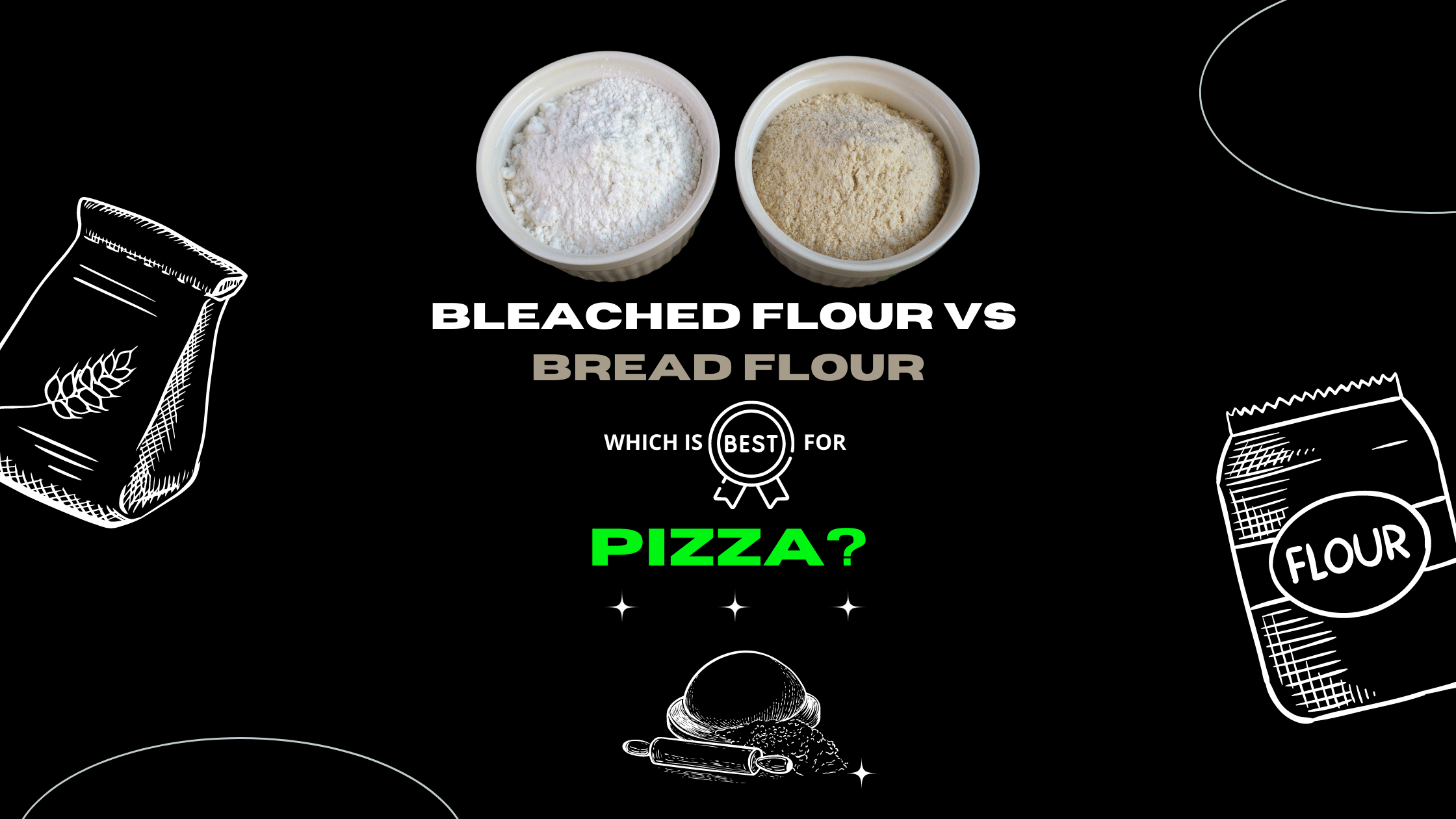
Bleached Flour vs Bread Flour: Which is Best for Pizza?
the PROs
Bleached Flour vs Bread Flour Are you interested in finding out the difference between bleached flour vs bread flour for …
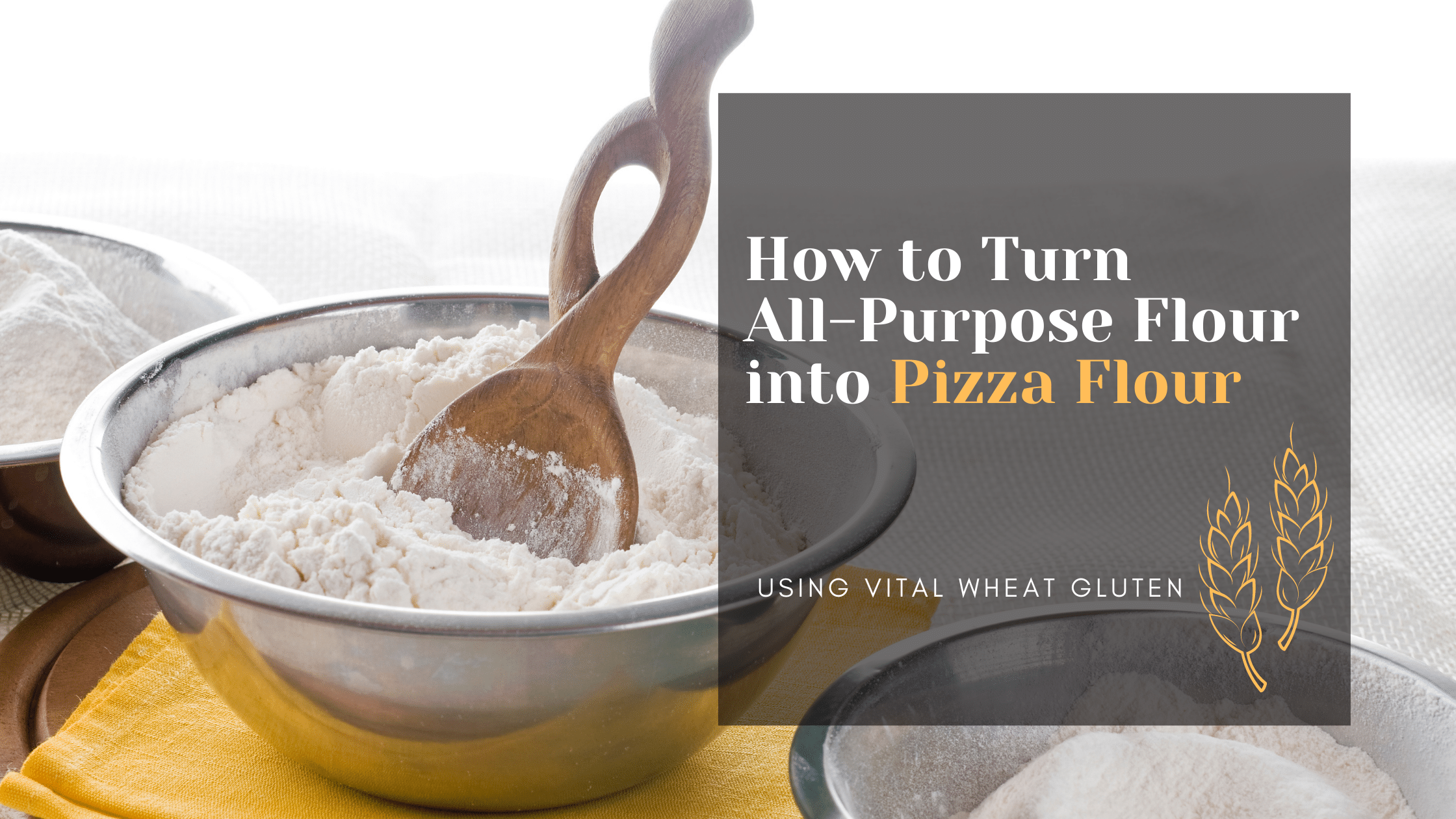
How to Instantly Turn All-Purpose Flour into Pizza Flour
the PROs
How to Turn All-Purpose Flour into Pizza Flour If you want to know how to turn all-purpose flour into pizza …
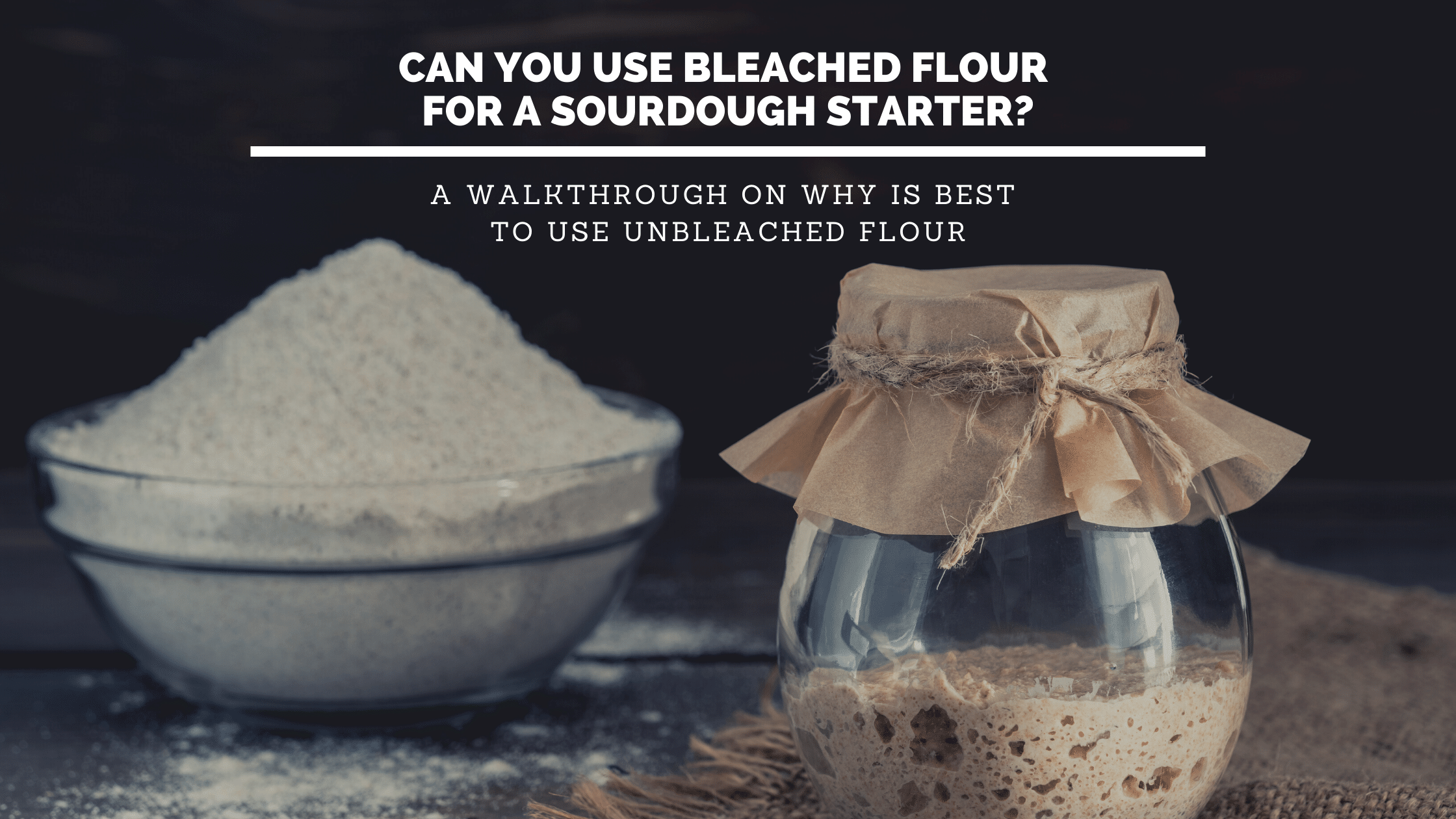
The Truth About Using Bleached Flour for Sourdough Starter
the PROs
Using Bleached Flour in Sourdough Starter? Are you wondering if you can use bleached flour for sourdough starters? Have you …
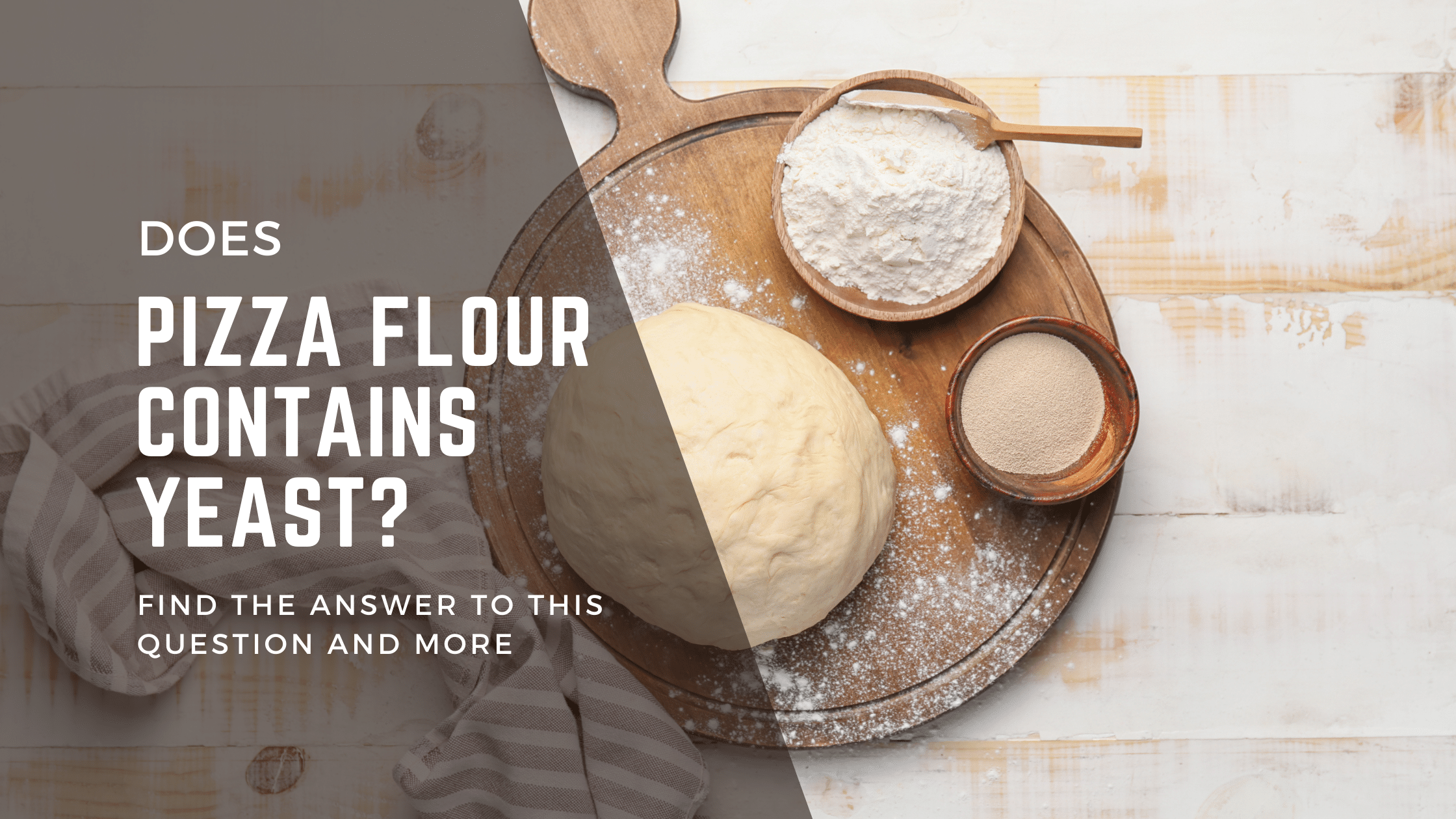
Does Pizza Flour Contain Yeast? Find What You Need to Know
the PROs
Ever wonder what gives pizza its mouth-watering, fluffy, and crisp crust? It’s all about the magic happening behind the scenes …
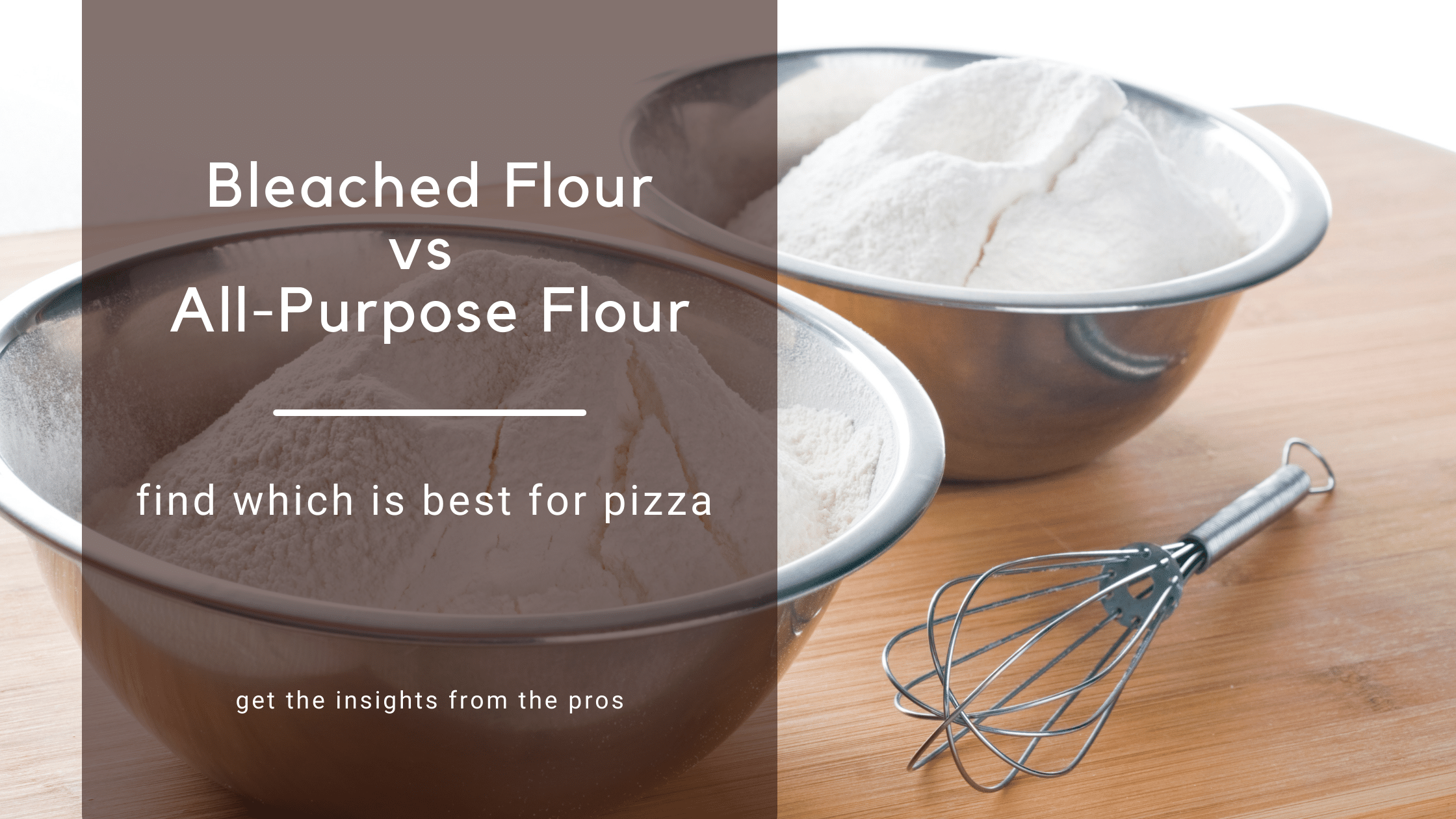
Bleached Flour vs All-Purpose Flour for Pizza (Why AP Flour is Better)
the PROs
Bleached Flour vs All-Purpose Flour for Pizza? Do you want to know which flour to pick to make your pizza …
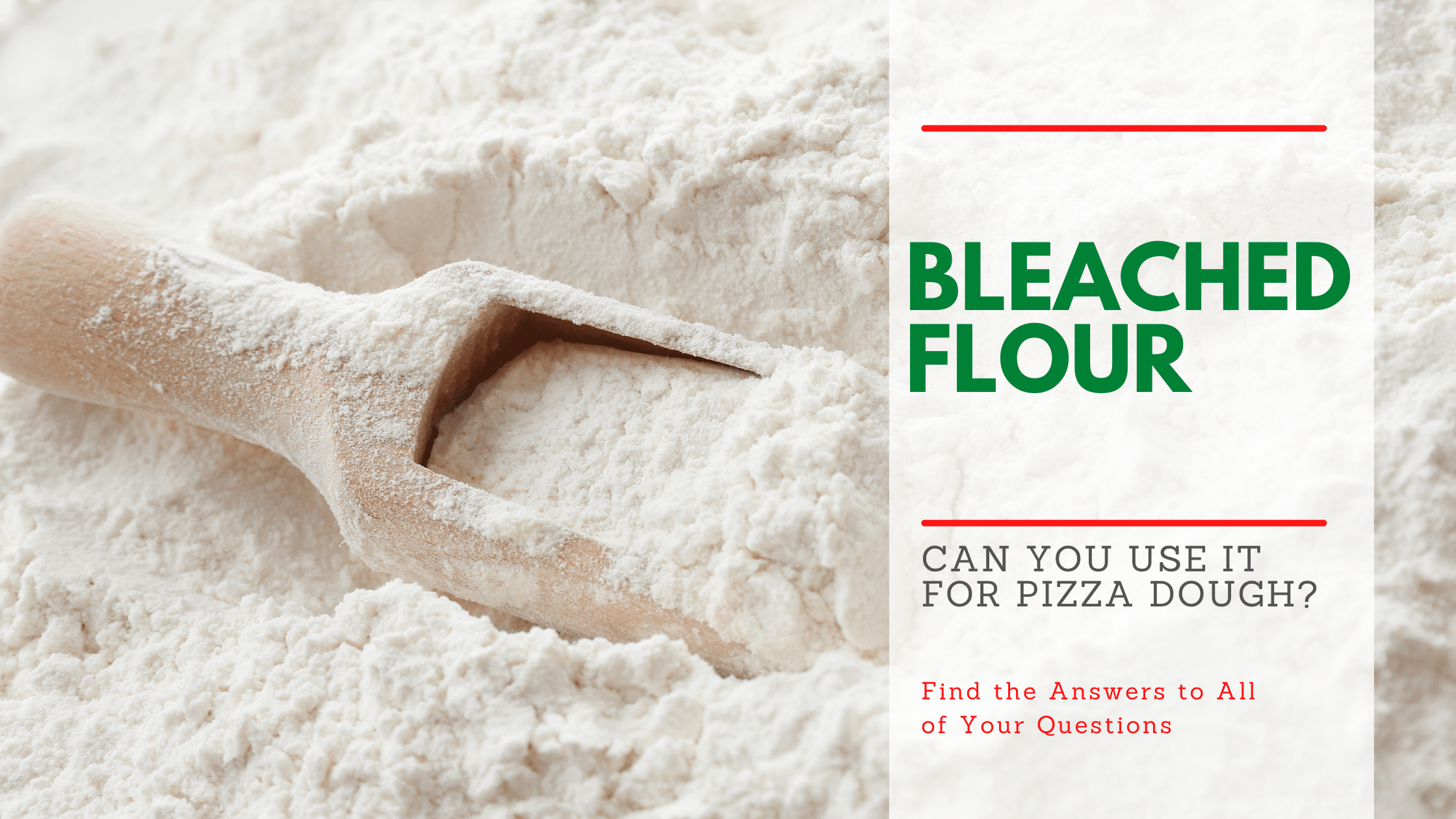
Can You Use Bleached Flour for Pizza Dough? (Why Unbleached Flour Is Better)
the PROs
Bleached or Unbleached Flour for Pizza? When it comes to crafting the ultimate pizza, choosing the right flour is crucial …
Enjoy!
Not a PRO? Not a Problem!
Take a pizza class to bring your pizza skills to the next level,
so you can be a PRO!
Related Posts

Costco Pizza Delivery: Find How You Can Get It Now!
the PROs
People go to Costco’s food court for many different reasons, but the cheesy slice of pizza they serve is among …

Pizza for Beginners: Don’t Buy Pizza, Make It! Here’s How to Get Started!
the PROs
You have this idea that you want to make pizza at home as opposed to ordering it, but where do you start? Don’t worry! Here you will find answers and directions to all your questions.

Pizza Toppings Under Cheese or Over Cheese? [Why the Order Matters]
the PROs
Is Pizza Cheese on Top or Bottom? Hey pizza lovers, are you wondering if you should layer pizza toppings under …
Newsletter
Subscribe to our Recipe of the Week newsletter and receive our partners’ latest recipes, tips, and discount offers.
Keep in Touch!
